Emulated expansion devices
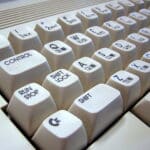
[the publish date is retroactively published]
One of the main issues with the C64 when it comes to emulation is when you look for “ROMS”, you are technically not looking for “ROMS’ but images of the storage they came from. For example, “TAP” files are the recordings of original tapes, “d64”, “d71”, and “d81” are disk images while “CRT” are cartridge images. The ones that can be called “ROMS” are the “CRT” images. The disk and tape images have to be ‘loaded’ into an emulator like the original storage media, which means they are as slow as the originals.
Nearly all of the programs and games have been archived and can be found on the Internet (I can’t directly show you here because of copyright, but a quick Google Search can help you find them). These images will play nicely with emulators like VICE. But what if you could use those images on the original? Like I said in a previous post, hardware? There is the SD2IEC, but this is more like a hard disk than a full emulator. But what if there was one…?
There is, and it’s the Pi1541. This is a Raspberry Pi with a 1541 HAT.
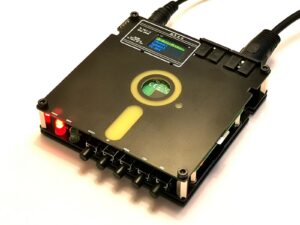
The original 1541 and its variants had a CPU and a DOS chip, as long as others, which made the 1541 more of a computer with a floppy disk drive, or what we would now call a ‘smart drive’. This meant you could send commands to the floppy drive via the C64, and it would dutifully do what you wanted it to. This is why you can get a 1541 to sing! As I pointed out earlier, there is the BMC64, which is a bare metal emulator. Well, the Pi1541 is the same; it’s a bare metal emulator that emulates a 1541, and with the 1541 roms it works exactly like an original. It comes with an LCD screen so you can mount disks, add disks so you can use multi-disks, and save and load as you would normally do. This gives you nearly 100% compatibility. This opens up to multi-disk games and demos.
So, if you can do this with the disk images on a real C64, can you do the same with tapes?
Short answer: yes, you can!
There is the Tapuino.

This connects to the C64 exactly the same way as a C2N and operates the same way, with the added bonus that it can hold the entire library of games/programs for the C64! It also gives you the feature of recording your BASIC programs onto it too! Now, if you are armed with a C2N and this… you can back up your games to this legally by using the Clonemaster.
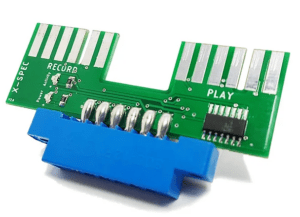
It does work the other way around, so you can get your backups back to tape, too! So, now that you can play disk images and tape images on a real C64, there must be a way to use “CRT” images…
Well, would you believe it… there is!
This is the Kung Fu Flash (I know the cartage says MANU rather than MENU; it was pointed out to me on Lemon64’s forum!)
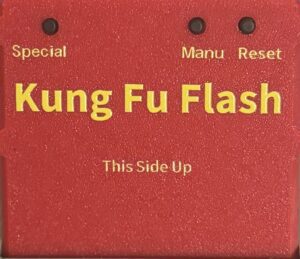
This fits into the Cartridge slot of the C64, you load it up with cartridge images, organise them into folders and away you go. To get to the Menu, click on the MANU button (after you have switched on the C64!), choose your CRT file, and it will load your program/game. The reset button just soft resets your C64. The ‘Special’ button is used for cartridge images that have come from ordinal cartridges like the Action Replay, so you can ‘FREEZE’ the C64, add a POKE for unlimited lives/power, etc. The one cartridge image I do use most of the time is the Epyx Fastload image, as this speeds up an original 14541, as well as the SD2IEC and Pi154, so no more long loading times if you are using this in conjunction with real or emulated disk drives!
Here are mine, in all their glory…
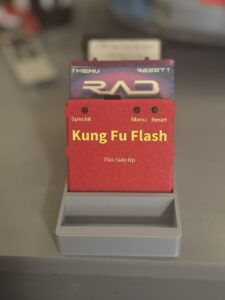
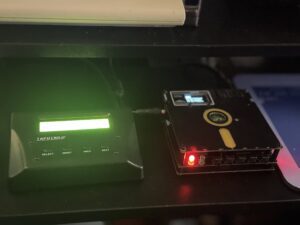
I have forgotten to mention how you get the images from your computer to these devices… all of them use SD cards. Yup. All these devices are no more than SD Card Readers that behave like tape drives, disk drives and cartridges!